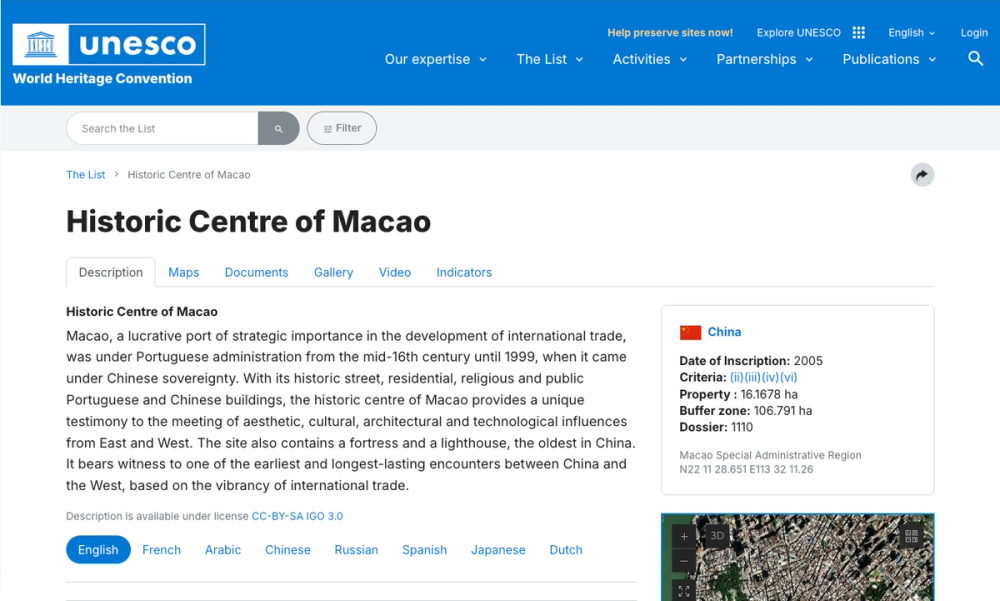Historical Significance
The Taipa Houses complex, originally constructed in 1921, served as residences for Portuguese high officials and Macanese families during colonial rule. These villas exemplify early 20th-century Iberian architecture adapted to Macau’s subtropical climate, with features like high ceilings, arched verandas, and vibrant azulejo (glazed tile) accents.
Architectural & Cultural Highlights
-
Five Distinct Buildings:
- "House of Macanese Living": Recreates 1920s土生葡人 (Macanese) homes with Sino-Portuguese furniture, family artifacts, and interactive displays.
- "Exhibition Gallery": Hosts rotating art and cultural exhibitions from Portuguese-speaking countries.
- "Creative Shop": Sells Macau-themed souvenirs and local crafts.
- "Nostalgic House": Chronicles Taipa’s transformation from a fishing village to a modern district.
- "Welcome Center": Provides visitor information and temporary closures (e.g., "迎賓館" is often reserved for events).
-
UNESCO Connection: Part of Macau’s Historic Centre buffer zone (2005), reflecting cultural hybridity through architecture and festivals like Lusofonia.
Visitor Experience
- Scenic Setting: Overlooks the Nova Urban Wetlands, a prime spot for sunset photography with views of the Cotai skyline.
- Free Admission: Open daily (10 AM–7 PM, closed Mondays), with Saturday guided tours in English/Portuguese.
- Nearby Attractions: Walk to Our Lady of Carmel Church (1885) or Taipa Village Food Street for Macanese egg tarts and pork chop buns.
Modern Role & Conservation
- Cultural Hub: Hosts annual events like the Macao Lotus Festival and Lusophone music performances.
- Preservation Efforts: Restored in 2016 using original materials (e.g., oyster-shell mortar) to maintain structural authenticity.
Taipa Houses epitomizes Macau’s East-meets-West identity, offering a tangible journey through colonial history and contemporary creativity.




